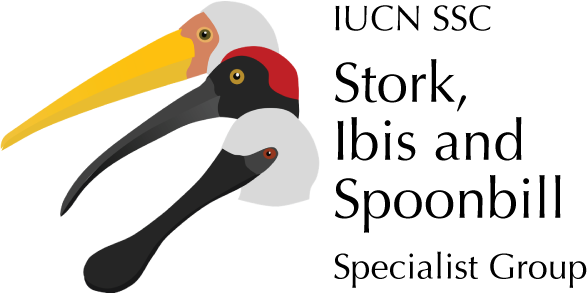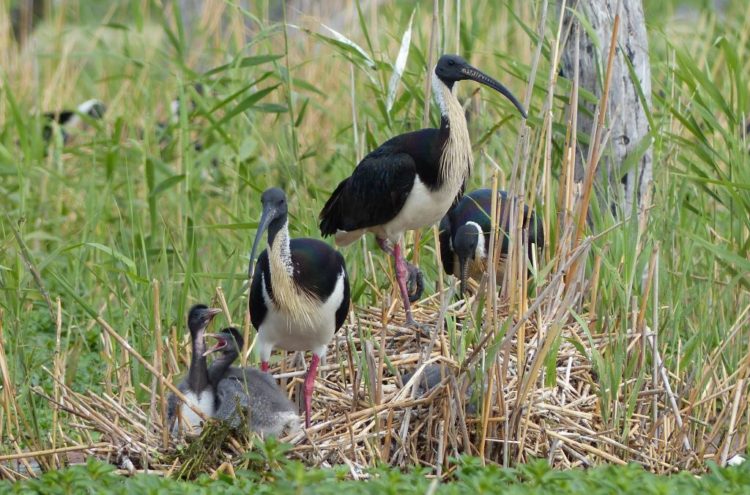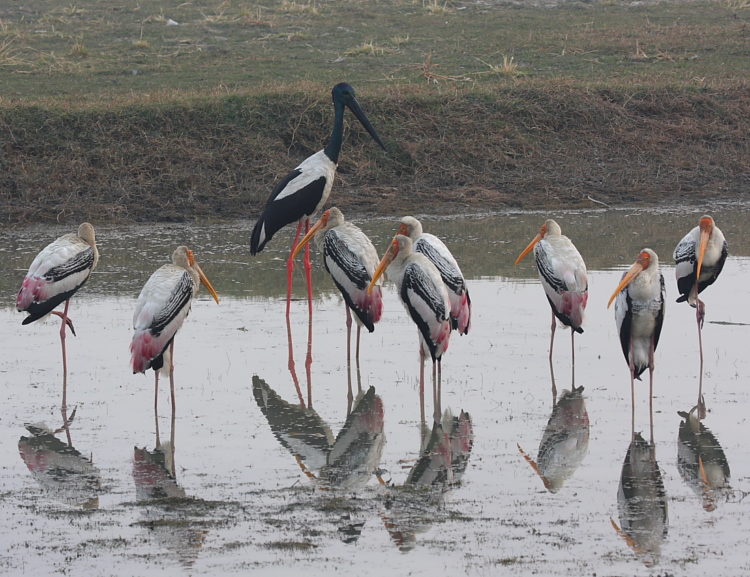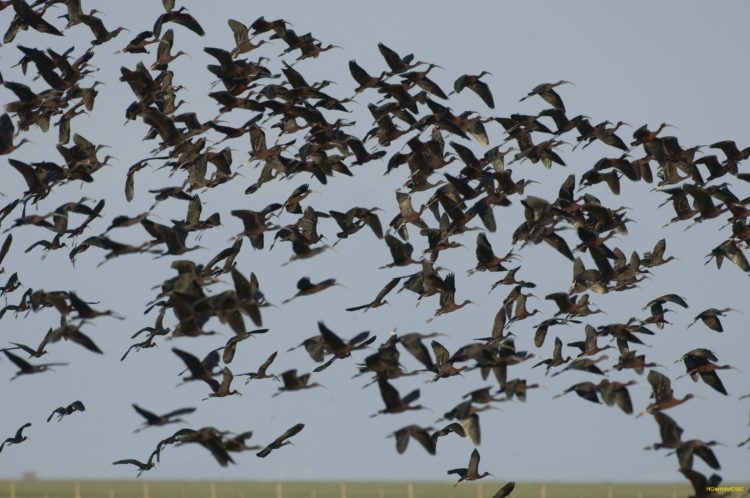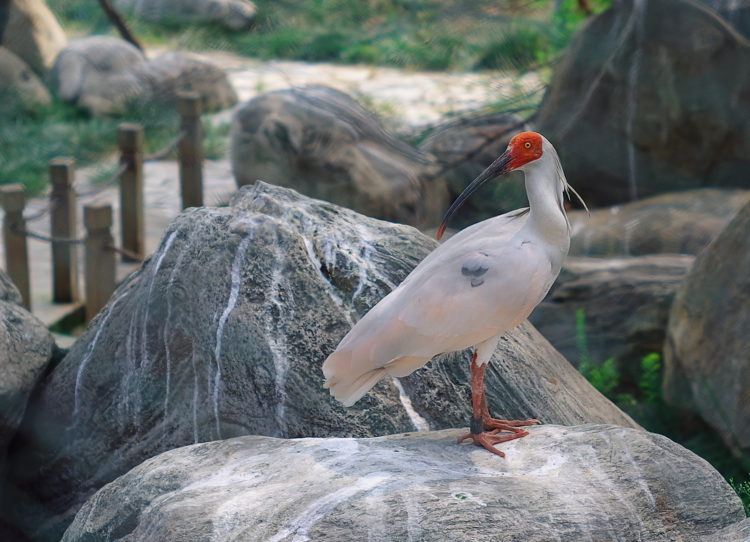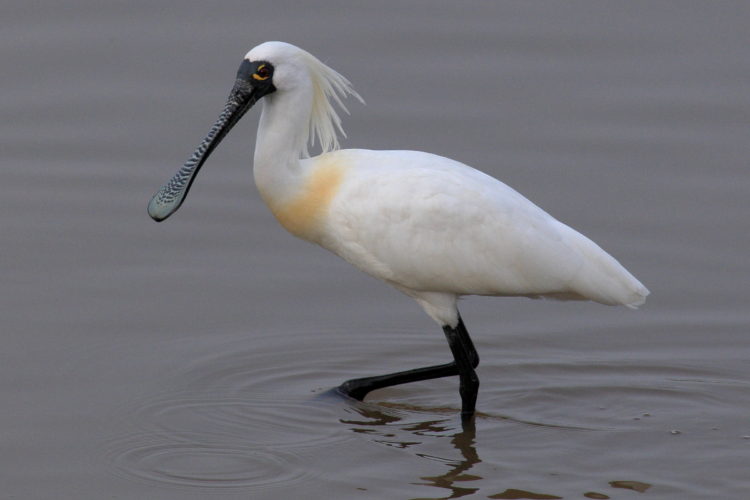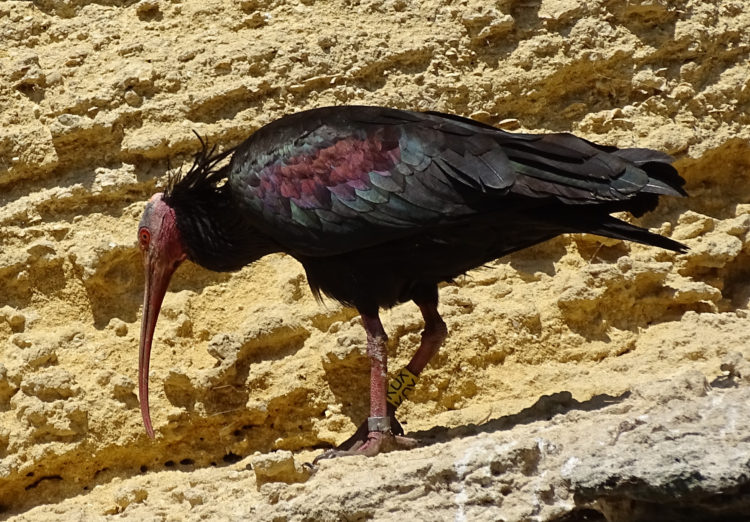White storks are popular migratory birds that breed in many parts of Europe, but what do they get up to when they are migrating or wintering in other places? Modern tracking technology with GPS loggers is teaching us many exciting things about them. A new study of storks that breed in Germany identifies different habitats used…Continue reading New study of habitat connectivity by White Storks
Category: Research
A comprehensive summary of the history, current status and future perspectives of the northern bald ibis Geronticus eremita
Recently an article has been published which documents the current status of the full array of northern bald ibis Geronticus eremita populations and projects, providing a benchmark against which we can assess progress towards a goal of having wild, self-sustaining northern bald ibis populations across their former range, from North Africa, through Europe, and into the…Continue reading A comprehensive summary of the history, current status and future perspectives of the northern bald ibis Geronticus eremita
Australian Project using remote nest cameras and GPS satellite tracking to study Ibises and Spoonbills
Contributed by SIS-SG member Heather McGinness, CSIRO Australia. Featured image: H. McGinness Australia hosts three ibis and two spoonbill species: Straw-necked Ibis (Threskiornis spinicollis), Australian White Ibis (Threskiornis molucca), Glossy Ibis (Plegadis falcinellus), Royal Spoonbill (Platalea regia) and Yellow-billed Spoonbill (Platalea flavipes). All of these species are thought to be primarily nomadic, due to the…Continue reading Australian Project using remote nest cameras and GPS satellite tracking to study Ibises and Spoonbills
Large waterbirds in south Asia attract two new grants
Research and robust data on waterbird status and requirements are biased to few locations in the world. South Asia is one of the locations with an impressive diversity of large waterbirds, but with sparse information on species and their habitats to inform conservation planning. Many assumptions from south Asia drive species assessments. A prominent assumption…Continue reading Large waterbirds in south Asia attract two new grants
Kushlan Research Award 2017 is to investigate the Glossy ibis
The Kushlan Research Award winner of this year is a proposal promoted by one of our members, Simone Santoro (Universidad Pablo de Olavide, Spain), and Alejandro Centeno-Cuadros (Biotech Business International, Spain). The aim is investigating the glossy ibis (Plegadis falcinellus) gene flow at a worldwide scale by combining nuclear and microsatellite markers. The project has…Continue reading Kushlan Research Award 2017 is to investigate the Glossy ibis
Touchy-feely Crested Ibis fare better amid visual egrets
Feeding in flocks is hard work. And no one knows this more than ibises. Jostling ibis flocks in marshes are common, and fights often break out as birds try to get at food before their neighbours can. Flock-feeding is not all about competition though – more eyes and ears make for a safer feeding experience.…Continue reading Touchy-feely Crested Ibis fare better amid visual egrets
Black-faced Spoonbills increase!!
The only endangered species of spoonbills is the Black-faced Spoonbill, and this species also has the most restricted distribution range of any spoonbill species. In the 1950s the population of this species was reduced to 300 in the wild. A large number of wild eggs were harvested immediately after the Korean war, which was likely…Continue reading Black-faced Spoonbills increase!!
Spoonbill work featured in the Mar 2017 issue of “Waterbirds”
Two new papers in the recently-completed March 2017 issue of the journal Waterbirds explore the biology and behaviour of spoonbills. Csaba Pigniczki documents a fascinating feeding behaviour of the Eurasian Spoonbill that was presented with the problem of a large frog that did not want to be swallowed. Csaba writes of how observations showed that…Continue reading Spoonbill work featured in the Mar 2017 issue of “Waterbirds”
Dark-coloured Ibises cannot keep a cool head! Or can they?
Many Ibis species have bare heads. While it is commonly thought that this somehow helps them with keeping cool, studies to demonstrate this have been absent. Until now. Ismael Galván at the Department of Evolutionary Ecology, Doñana Biological Station in Spain, and his colleagues, decided to put this hypothesis to test. For this, they used…Continue reading Dark-coloured Ibises cannot keep a cool head! Or can they?
